The BABIP Monologues: Justin Verlander and His Mythical Bad Luck
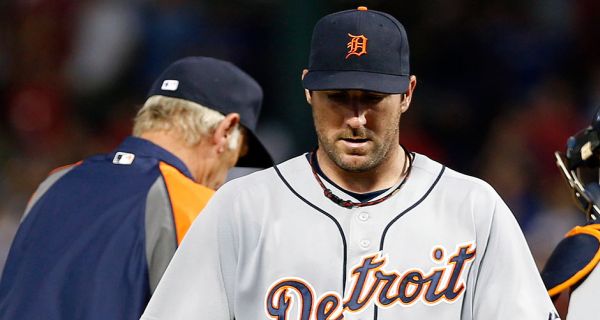
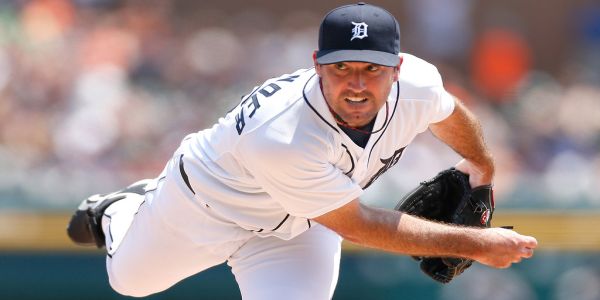
In my ever increasing attempts to rid the fantasy baseball landscape of broad paint brush stroke analysis on batting average on balls in play, I bring you “The BABIP Monologues.”
Justin Verlander and the Myth of Bad Luck
Justin Verlander has been quite awful this season in terms of ERA and walk rate. Justin sports a 3.90 ERA, accompanied by a .329 xFIP and 2.86 FIP; the Fielder Independent Pitching metric coming in at 2.86 is Justin’s lowest since his peak season of 2009. Let’s compare these two seasons on a broader scale.
| Year | K/9 | BB/9 | K% | BB% | FIP | xFIP | ERA | BABIP |
| 2009 | 10.09++ | 2.36 | 27.4%+ | 6.4% | 2.80+ | 3.20 | 3.45 | .319** |
| 2013 | 10.37+ | 3.13** | 27.0%++ | 8.1%** | 2.82++ | 3.13++ | 3.72** | .344* |
*Highest of career or best of career (BB/9, BABIP)
** Second highest of career (BB/9, BB%, BABIP, ERA
+Best of career (K/9, K%, FIP)
++ Second best of career (K/9, K%, FIP, xFIP)
The easy way out here would be to say “Verlander’s skills remain near his peak levels, although his walk rate is the second highest of his career, it looks like he’s mostly just been unlucky.”
Let’s look at Verlander’s pitch data so far this season; since Verlander’s velocity drop has been one of his most documented problems, we’ll examine his fastball.
| Year | At Bats | K | K%* | BAA | SLG | ISO | BABIP |
| 2011 | 506 | 91 | 18% | .221 | .378 | .156 | .235 |
| 2012 | 496 | 111 | 22% | .246 | .417 | .171 | .283 |
| 2013 | 148 | 31 | 20% | .297 | .466 | .169 | .354 |
*In this context, strikeout percentage refers to “of the number of at-bats ending in a fastball, how often did it result in a strikeout?”
The most notable takeaway from this table is the three-year increasing trend of batting average against, slugging, and batting average on balls in play on the fastball. This is not a knock against Verlander, it makes sense given his aging pattern and the fact that he’s thrown an incredible number of innings over the past five seasons (1000+).
This is still not enough though, and it does not fully highlight the true problems Verlander is having with his fastball.
For Major League Baseball players, except Adam Dunn of course, the goal when you get a fastball depends on what the count is. When ahead in the count, the goal is to look for a fastball to drive for an extra base hit/home run. With two strikes, the goal is to look for a pitch to handle and poke it for a base hit.
|
Verlander Fastball On at bats ending on the first pitch, or pitcher behind |
|||||
| Year | Total At-Bats | BAA | SLG | ISO | BABIP |
| 2011 | 181 | .292 | .525 | .232 | .244 |
| 2012 | 182 | .313 | .566 | .253 | .274 |
| 2013 | 41 | .268 | .683 | .415 | .193 |
|
Verlander Fastball On at bats ending with 2 strikes |
|||||
| Year | Total At-Bats | BAA | SLG | ISO | BABIP |
| 2011 | 240 | .171 | .296 | .125 | .234 |
| 2012 | 222 | .167 | .266 | .099 | .302 |
| 2013 | 86 | .291 | .349 | .058 | .455 |
Obviously Verlander’s BABIP on two strike fastballs won’t continue at this level; however, it bears noting that if we recall the goal of a batter with regards to a fastball when the pitcher is behind, and when the batter has two strikes, it seems as if batters are becoming more successful against Verlander.
For this next exercise, I will count all extra base hits Verlander allows when he is behind in the count, all hits on the first pitch, and all singles with two strikes as “failures”. All recorded outs will count as successes. Once again this is on the fastball; in addition, I will count all walks issued on the fastball but make those a function of plate appearances.
| Year | Fastball Success Rate (as a function of making outs)* |
| 2011 | 78% |
| 2012 | 74% |
| 2013 | 61% |
*Consider the leniency given by not counting singles when behind in the count as a failure.
Still think it’s more a case of bad luck given the two strike astronomically high BABIP?
|
Two Strike Fastballs Thrown (Ball % + Strike % + Foul % + BIP % = 100%) |
||||||
| Year | Ball % | Strike % | Swing % | Foul % | Whiff % | Ball in Play % |
| 2012 | 22.12% | 19.65% | 72.92% | 38.41% | 14.69% | 19.82% |
| 2013 | 29.15% | 13.90% | 65.47% | 32.29% | 8.52% | 24.66% |
|
Balls In Play Distribution on Two Strike Fastballs |
|||||
| Year | Total In Play | GB% | LD% | FB% | Pop Up % |
| 2012 | 112 out of 565 thrown | 39.29% | 20.54% | 27.68% | 12.50% |
| 2013 | 55 out of 223 thrown | 36.36% | 32.73% | 25.45% | 5.45% |
Sometimes there’s more to an increased walk rate than meets the eye. In Verlander’s case, it shows that his command has flopped (possibly his consistency with his delivery). Verlander’s ability to use the fastball as a go-to pitch has decreased markedly. His fastballs are being obliterated when he’s behind in the count and batters are handling his fastball on 0-2 counts, resulting in a 61% success rate on out making ability on counts when he is either behind or at two strikes. The reason I handpicked those scenarios is because they are the source of the biggest splits.
| 2013 | BA | OBP | SLG | ISO |
| First Pitch | .334 | .334 | .548 | .214 |
| Batter Ahead | .294 | .459 | .498 | .204 |
| Two Strikes | .203 | .211 | .298 | .095 |
Verlander is generating seven percent fewer swings on his fastball, six percent fewer foul balls (which is a function of how well a batter is timing it), and six percent fewer swings and misses. In addition, Verlander is also having five percent more of his two strike fastballs put into play for an overall BABIP of .455 on such pitches. That’s not bad luck, it’s an ineffective fastball. That plus his .415 ISO allowed on his fastball when he’s behind in the count or is throwing it as the first pitch is combining to give him that 3.72 ERA he has earned.
And it’s not just his fastball, here’s a look at all his pitches with strikes the last two years:
| 2013 | Count | Usage % | AB ended | Strikeout % | BAA | SLG |
| Fastball | 223 | 43% | 86 | 36% | .291 | .349 |
| All Other Pitches | 297 | 57% | 128 | 57% | .133 | .180 |
| 2012 | Count | Usage % | AB ended | Strikeout % | BAA | SLG |
| Fastball | 565 | 42% | 222 | 50% | .167 | .266 |
| All Other Pitches | 785 | 58% | 364 | 47% | .120 | .156 |
Verlander’s ERA is not guaranteed to come down because his xFIP, FIP and strikeout to walk ratios tell us so. He must become more effective with his fastball and or mix in more of his excellent off-speed pitches. He has not been unlucky, his fastball is fat and hitters are timing it perfectly (as evidenced by corresponding pop-up rate decline, line drive rate increase, decreased foul ball percentage and decreased whiff rate). So if you go out and trade for him, realize that you’re inheriting more risk than you realize. He may be hurt, he may be in a cold streak mechanically, but he is not unlucky.


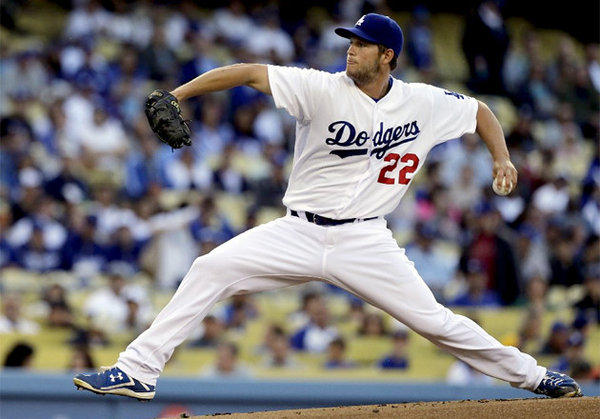
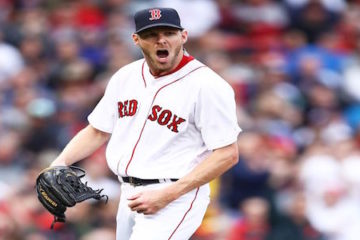
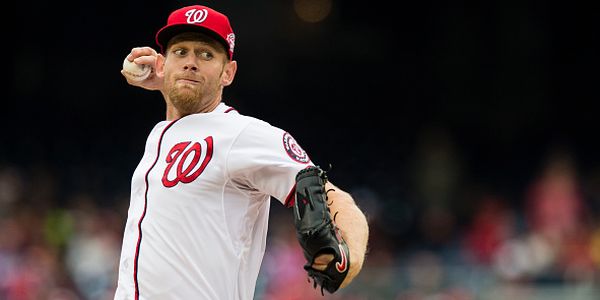
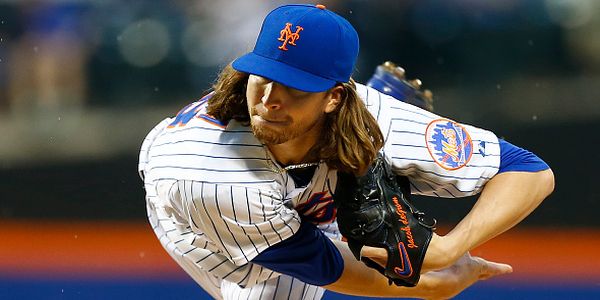
5 Comments
Lol, I wish you were a Verlander owner in my league so I could trade you pennies on the dollar for him.
Train,
The piece Josh wrote has some merit. I wrote a piece here defending Verlander because his fastball velocity was trending upward and I also assumed the walk rate would adjust to his career levels. The fastball has now been between 93-94, but apparently the walks have been an issue still. And although the velocity seems to be in an okay place, it doesn’t mean his fastball is currently as effective as in the past.
If you look at his zone heat map, it looks like his fastball location is pretty similar to 2012. This could all come down to still losing a tick and perhaps even some movement issues with the pitch. The pitch values on fangraphs.com show the fastball has been his weakest pitch.
I personally think Verlander will be fine, but this is a well done piece. And when this is your work, writing these type of articles for many to see isn’t necessarily easy to do. We don’t want to be wrong, but we have to go with what we find, know, and believe.
I think we all should take a closer look at Verlander (visually) and see what his fastball is doing. I expect him to adjust if there is some loss of stuff. Scoffing at this article isn’t going to help you in the long run. The more research and time people put into all this (sports in general), the better it is for all of us as fans.
Thank you very much for those kind words Rich. I really appreciate it. What’s important for people to realize here too, is that im not predicting Verlander can’t and won’t turn it around. But what we have so far, the data he has given us, shows a pitcher that has just been bad, and not unlucky. Projecting out what he will do is tough because he’s so excellent. What he really needs to do is just use his secondary pitches more to keep the guys off his fastball.
You’re welcome.
Verlander is throwing more change-ups than usual, so maybe even he notices what you are pointing out. Possibly trying to change speeds more.
It may be interesting to rerun these numbers at the end of the year as well. Perhaps from this point forward, and overall. I’d like to see what his fastball success rate looks like after a full season.
Agree with Josh and Rich on this. This piece is evidently well-researched and well-written.
And like Josh noted above, this may very well be just one small hiccup that could be corrected. With that said, this could also be a time to take advantage of a vulnerable Verlander owner if you have the ability/willingness to take some risk.
Nice work, Josh.